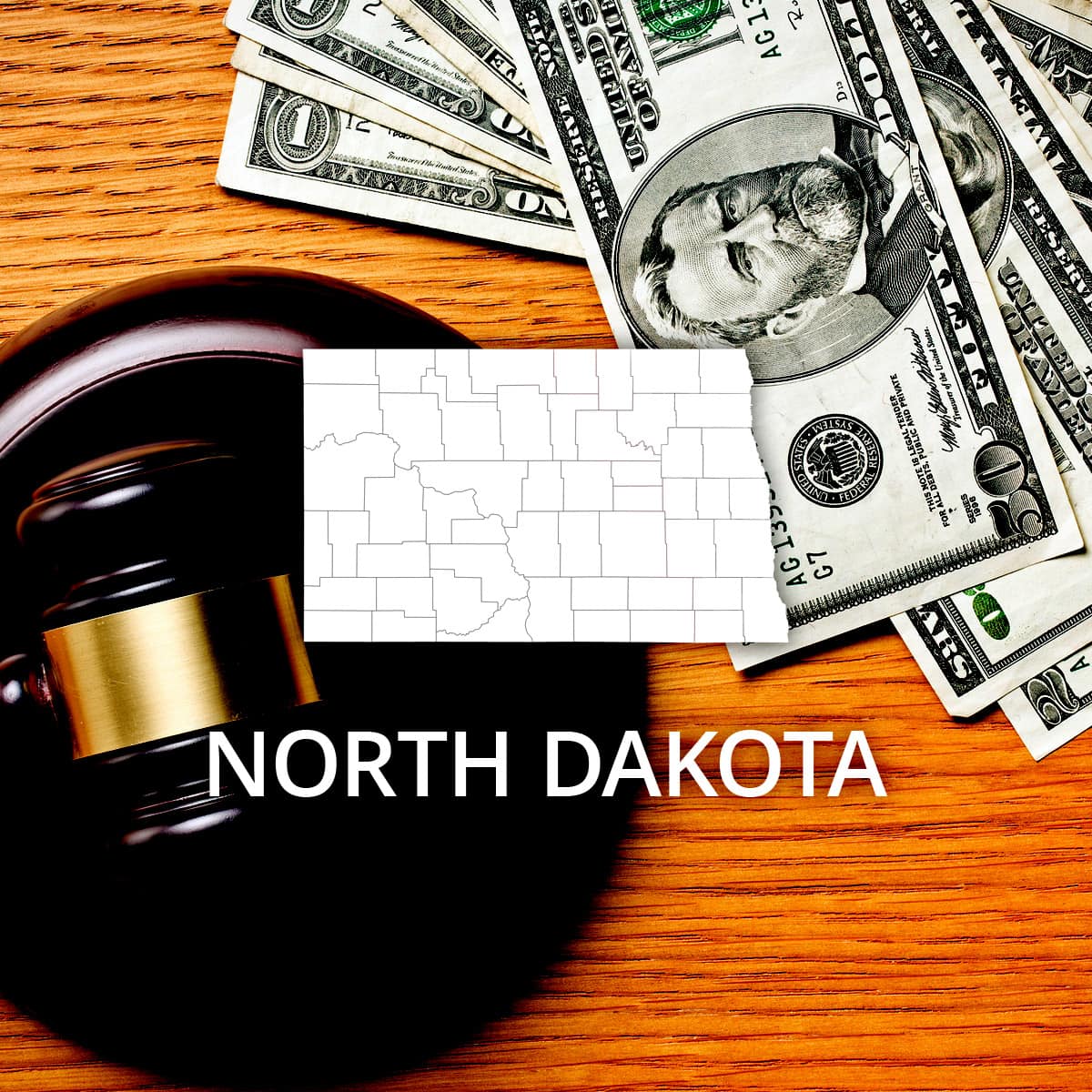 Multiple Bankruptcies: How Often You Can File One?
Multiple Bankruptcies: How Often You Can File One?
Table of Contents
 How to File Bankruptcy in North Dakota
How to File Bankruptcy in North Dakota
 According to the 2005 Bankruptcy Act, District Courts in each state are required to adhere to federal standards for bankruptcy. There are 4 locations in North Dakota for bankruptcy hearings. The most commonly filed types of bankruptcy are Chapter 7, Chapter 11, Chapter 12 and Chapter 13.
According to the 2005 Bankruptcy Act, District Courts in each state are required to adhere to federal standards for bankruptcy. There are 4 locations in North Dakota for bankruptcy hearings. The most commonly filed types of bankruptcy are Chapter 7, Chapter 11, Chapter 12 and Chapter 13.
 Types of Bankruptcy and Terms
Types of Bankruptcy and Terms
Chapter 7, or elimination bankruptcy, is used to remove as much debt as possible from the petitioner's financial responsibility. Credit card bills and medical invoices are considered unsecured debt, and a high ratio of these combined with a low income makes an individual a good candidate for Chapter 7, because unsecured debt may be removed by bankruptcy. However, non-dischargeable debt like child support, back taxes and student loans will remain the responsibility of the debtor.
Another type of bankruptcy is Chapter 13. This code allows for reorganization and minimizes debt so it can be paid off by the debtor in 3 to 5 years. As long as payments are being made, the assets of the petitioner are protected. Those with a higher income and more assets often opt for Chapter 13 bankruptcy.
Chapter 11 is similar to Chapter 13 because it allows a 3 to 5 year repayment period. A struggling business may file for Chapter 11 and have debts minimized and remain in operation while payments are being made. Chapter 12 is a specific type of bankruptcy to assist family businesses like farms and fisheries.
Official bankruptcy forms for the U.S. Bankruptcy Courts are available at https://www.uscourts.gov/forms/bankruptcy-forms or RecordsFinder.com Court Forms Section.
 Steps to Filing Bankruptcy
Steps to Filing Bankruptcy
Any person petitioning for bankruptcy must undergo credit counseling within 6 months before filing. There are those who complete the counseling and decide to take action on their own to repay debt, while others decide to file for bankruptcy. There are several steps in the process.
The first step is to determine for which type of bankruptcy a petitioner is eligible. The Means Test is given to compare the income of the petitioner over the last 6 months with the income of all other wage earners in North Dakota. If the individual's income is less than the median, he or she may choose to file for Chapter 7 or Chapter 13. Those with a higher income have Chapter 13 only as an option for bankruptcy relief.
Gathering paperwork is the next step to completing bankruptcy. There are many documents needed, including but not limited to: two years of tax documents, property deeds, vehicle titles, loan information, a list of all debts, records of major financial transactions made recently, an inventory of all assets, and monthly expenses. Chapter 13 bankruptcy also requires the petitioner to include a detailed summary of debt repayment.
The financial documents, debt repayment summary, and necessary bankruptcy forms are combined to complete what the court refers to as "the schedule." It is up to the individual filing for bankruptcy if they prefer to use legal counsel or file on their own. The cost to file for Chapter 7 can sometimes be waived and is $306. Chapter 13's fees are unable to be waived, but can be paid in installments if necessary, the amount is $281. Of course, any attorney fees are the responsibility of the petitioner.
Once the schedule is received the court issues an automatic stay for the debtor. Under these conditions, the creditors are not able to directly contact the petitioner and any foreclosure proceedings will be halted. A court appointed trustee reviews the case and determines what non-exempt assets are able to be liquidated and used to repay debt. It is also the trustee's responsibility to arrange a 341 meeting for the creditors and debtor to negotiate terms of repayment, if no agreement can be made a judge will intervene.
Lastly, the debtor is required to complete a court mandated financial management course to complete their bankruptcy. Petitioners of Chapter 13 are required to make payments as arranged by the court to finalize their debt repayment summary and avoid going back to court.
 Location Specific Information
Location Specific Information
There are four locations in the State of North Dakota where a petitioner may file bankruptcy. All of the courts share jurisdiction over the counties of the state. Courts are situated in Bismark, Fargo, Grand Forks, and Minot.



